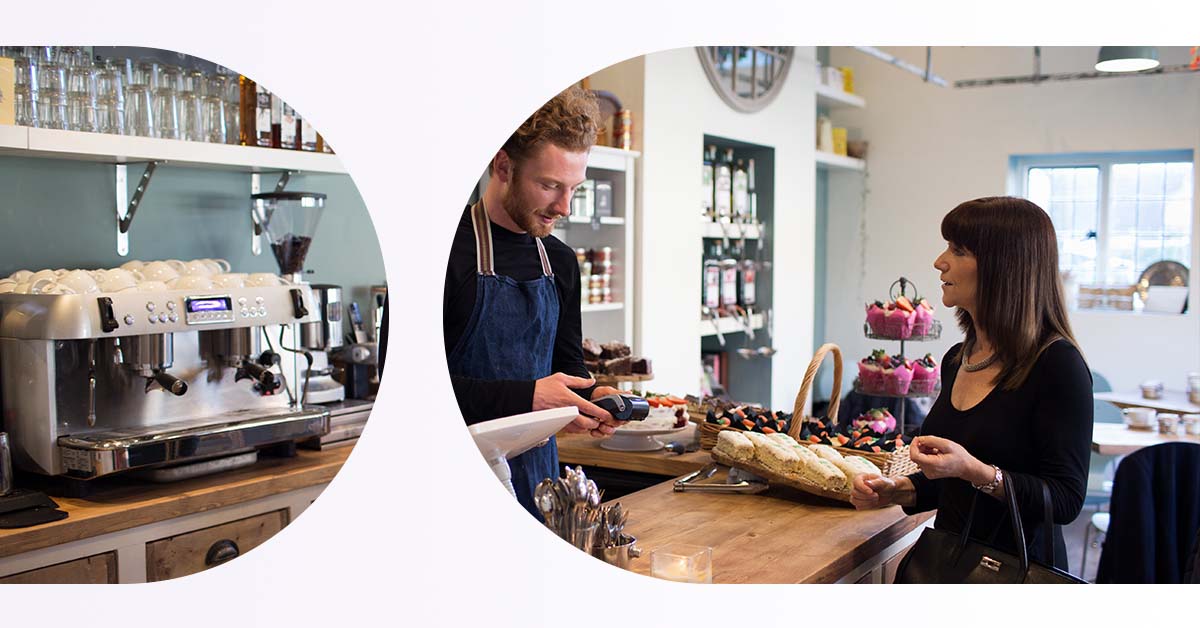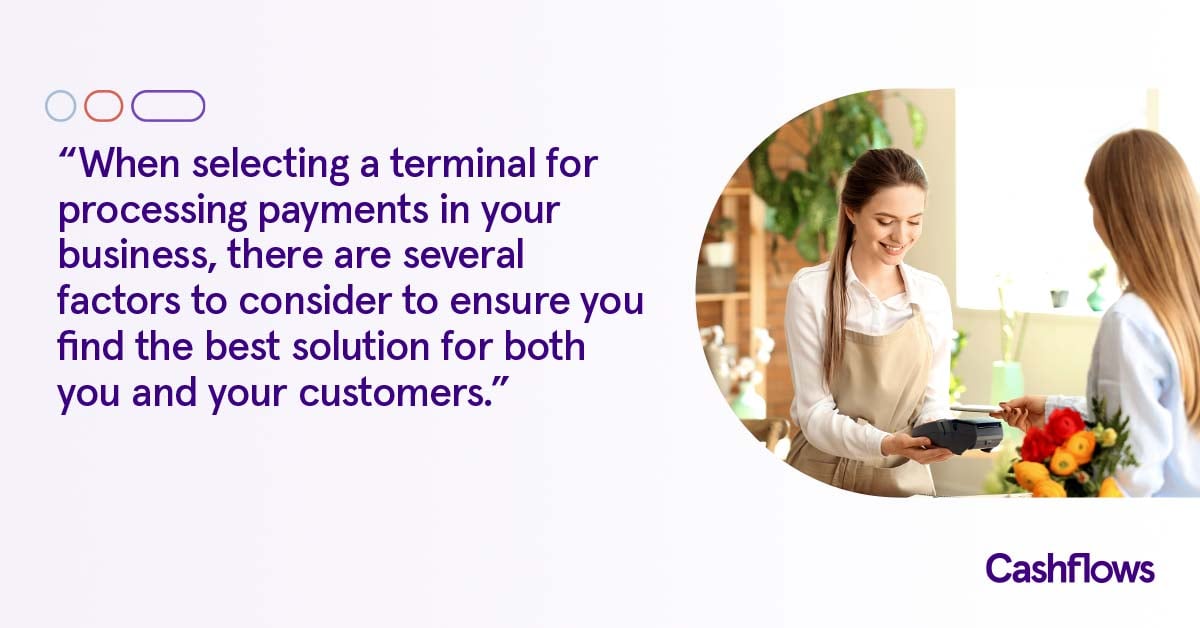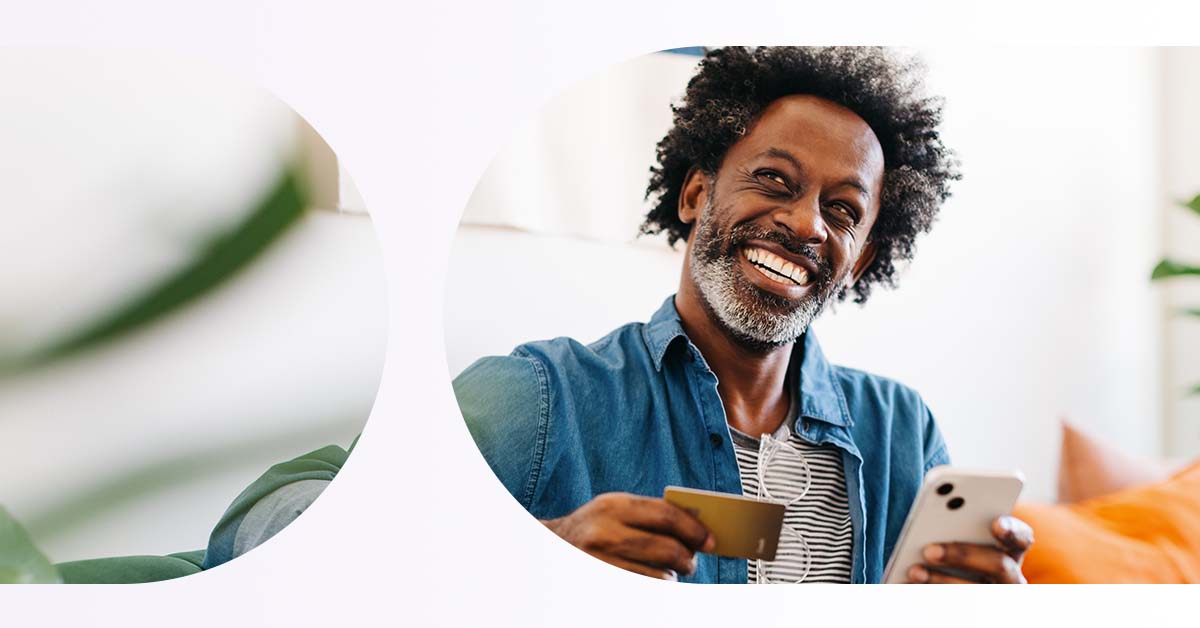Back in the height of Covid in 2020 and 2021 the so-called ‘death of the in-person transaction’ was being talked about everywhere. The switch to buying online, businesses closing their doors, sometimes forever, to cut costs and shift to online models, and the speed in implementation of new technology to facilitate lockdowns led to many terming a wholesale shift to online ‘the new normal’. Particularly in the media, commentators suggested that the pandemic had accelerated the move to a cashless society where the majority of shopping and experiences would happen online[1].
But what these discussions failed to account for was the simple fact that people like shops. During the pandemic in 2021, SAS found that 53% of people they surveyed miss trying things on in-store, and 46% miss being able to examine a product in-store[2]. Consumers also cited the social benefits of shopping as being a key part of their enjoyment of the experience[3]. While new technology did its best to replicate the benefits of in-person shopping virtually, such as the apps Pinduoduo, eNvite, and Verishop, all of which try to replicate the experience of real-time shopping with a group of your friends, not even VR, it seems, can make up for physical experience.
That’s not to say in-person retail has reverted to its pre-pandemic status, however. Instead, customers have increasingly come to expect the ease of the online to be translated into real-life interactions with brands and businesses. Perhaps driven by the focus of retail switching to experiences, not only to encourage people to visit physical locations post-pandemic but also in line with pre-pandemic shifts catalysed by TikTok to appeal to a social media driven demographic, customers expect seamless service as a minimum and out of the ordinary has become the new norm. When day in the life videos present the perfect as every-day, anything less seems jarring.
Factors including layouts, crowding, colours, smells, and visuals have all been found to have an impact on recreational shopping, and businesses have begun to focus on creating spaces built around entertainment and multi-sensory experience, rather than simply a place to buy something[4]. While the shift to providing an experience rather than just a space where products are laid-out and consumers can shop may seem overwhelming, there are definite benefits. Customers are willing to spend more when provided with amazing customer experiences. The Temkin Group found that companies that earn $1 billion annually can expect to earn, on average, an additional $700 million within 3 years of investing in customer experience[5].
If you’re unsure where to start, why not look to make small changes that can be easily implemented but can have a massive impact on your customer experiences? These could include:
Ways to pay
Do you know how your customers most like to pay when they make in-person purchase? This is something that’s easily discovered through your payments data and by offering more options not only will you learn more about your customers’ habits, but you’ll also be enabling them to pay how they want to, whether that’s by mobile or with cash.
Cross-channel consistency
Consistency is absolutely fundamental to businesses that use multiple channels. If a customer is used to and prefers a certain way of paying for your products or services online, they expect to be able to also pay this way in-person[6]. This also applies to customer reward cards, special offers, or points profiles. It’s easy for an experience to quickly become a bad one, if your customers are expecting to receive a perk and instead leave disappointed. When 32% of customers will leave a brand after one negative experience, make sure you’re providing the options they’re used to[7].
Seamless checkouts
Your in-person checkouts reflect on your business and your brand so think carefully about the types of card machines and tills you decide to implement. Do your customers prefer to pay at their tables? Or like Glossier do you want to offer a more hands-on retail experience and avoid your customers queuing by taking their payments on the shop floor? Or do you need to have the option to take payments at a counter but also have some floating terminals available as well? Do your customers like to have their receipts emailed rather than printed? These factors will all highly depend on your business and your knowledge of your customers.
A large part of your customer experience at checkout is also dependent on your staff. By providing them with terminals with easy integrations where they can not only offer swift transactions, but also access existing customer profiles, send email receipts, or provide alternative payment methods, such as pay by link, you can make their job far easier, meaning they can focus on your customers.
How Cashflows can help:
We offer card machines for both our direct customers and our partners, with the option for seamless integration into our other channels for an omnichannel payments solution for your business. Find out more about our range of card machines, how we facilitate easy access to real-time payments data all in one place, and our extensive payment options that will enable you to provide your customers with the point-of-sale experience they deserve.
Sources:
[3] Ibid


